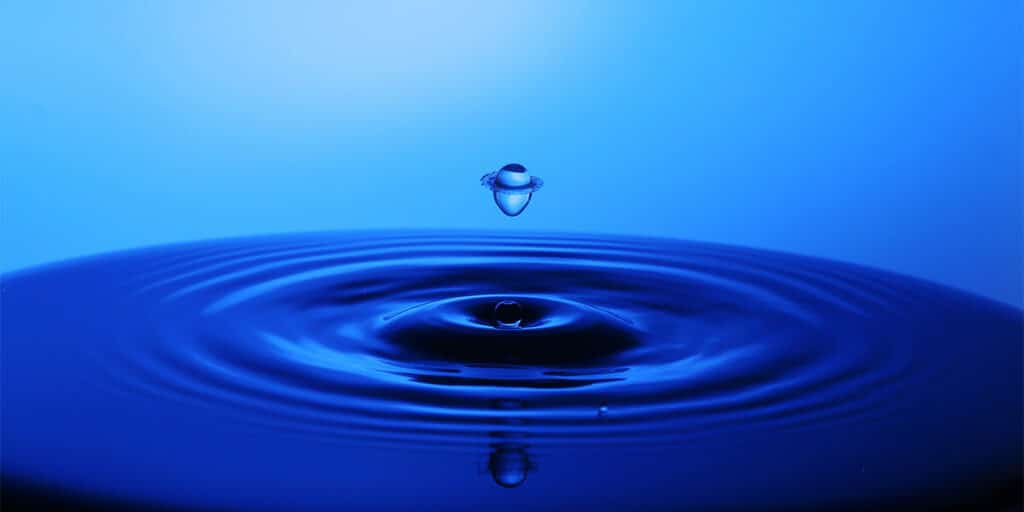
The word “surfactants” are thrown around a lot in our industry but what exactly are they?
This article breaks down what they are in simple terms, and why they’re important for cleaning.
Surfactants and surface tension
Surfactant is actually a shortening of the term “surface-active agent.”
What they do is reduce the surface tension between a liquid and another substance.
Another term! What does it all mean?
Firstly, surface tension is a property of liquids that determines how easily it can spread on a surface.
The reason why you can see water droplets on windows when it rains is because water has a relatively high surface tension. The droplets stay intact due to their surface tension.
Surface tension is bad for cleaning
Liquids with high surface tension make cleaning a lot harder!
Why? They don’t spread across surfaces as easily, and will have limited contact with soiling.
These kinds of liquids tend to form beads. Picture a liquid bead versus a puddle. A puddle covers a lot more surface area.
What would be ideal for cleaning chemicals is if they had a low surface tension so they can spread easily, avoid beading, and contact as much soiling as possible.
That’s where surfactants can help.
How surfactants help
Remember how we mentioned earlier that surfactants reduce the surface tension between liquids and other substances?
When surfactants are added to cleaning chemicals, the resulting solution will have a low surface tension between itself and whatever surface you’re applying it to.
This means the chemicals will spread across a larger area and the chemicals can work more efficiently to clean any soiling that’s present.
And that’s the importance of surfactants!
If you have any other questions about cleaning chemicals, get in touch with our friendly team of experts:
https://www.chemicalsolutions.co.nz/contact-chemical-solutions/


 Log in to Media Hub
Log in to Media Hub 







